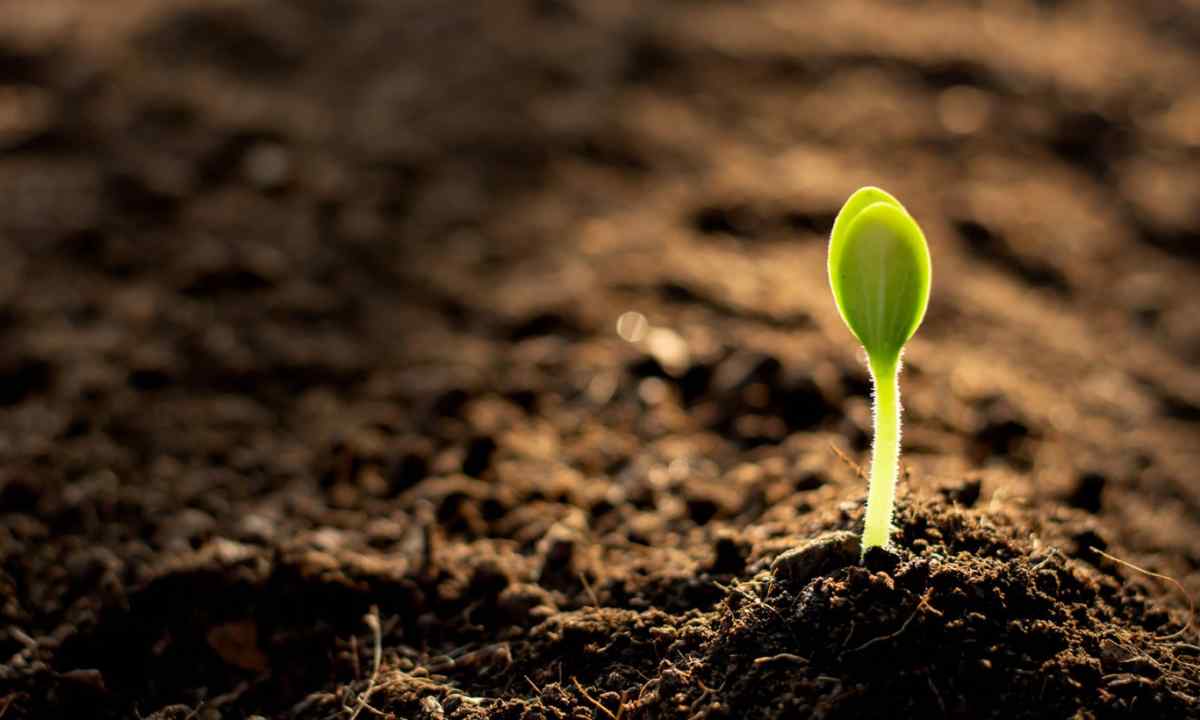Besides that the vegetation cover protects the soil from erosion and improves its structure, plants can be used as green fertilizer, observing crop rotation and not allowing to be empty the earth during the winter period. Rasteniya-sideraty not only will enrich the soil with all necessary substances, but also will render assistance in pest control and weeds.
Influence of vegetation cover on the soil can be regarded only from positive side. In spite of the fact that the soil is nutrient medium for plants, they, nevertheless too enrich it with various organic compounds depending on the chemical composition. If there are bad points, then it on conscience of hands of the person. When at cultivation of various cultures the crop rotation is not observed, toxic chemicals are brought, the top layer rough mechanical influence of instruments of labor collapses, all this leads to soil exhaustion over time.
Positive influence of plants on the soil
Plants play significant role in structuring soils that directly affects their fertility. The most favorable impact in this plan is made by plants with well developed root system. The dense vegetable covering of ravines and slopes prevents their destruction (ravine erosion), and green plantings on perimeter of arable fields, preserve the soil against wind erosion.
By means of vegetation it is possible to correct the chemical composition of the soil. So, the yellow lucerne will help to exempt from excess of salt in the soil, and it is possible to enrich sandy soils with crops of lupine. The largest amount of organic matter is left behind by long-term herbs because the remains of the died-off plants contain as in the thickness, and on surface. The clover and lucerne as they are rich with protein are especially valuable and on their roots symbiotic nitrogen-fixing bacteria which enrich the soil with nitrogen settle. These herbs form dense continuous carpet on surface that allows to avoid water and wind land erosion. For the purpose of formation of fertile structure of the soil, the lucerne sometimes artificially sows the extensive areas on the haymaking's eve or pasture of the cattle that allows besides to solve problem with forage for decades.
Rasteniya-sideraty – basis of organic agriculture
Such plants which are capable to influence recovery of fertility of the soil are called siderata. Any vegetation improves properties of the soil, but preference should be given to bean and cereal cultures: peas, haricot, beans, rye, buckwheat, colza. The majority of plants-sideratov are sowed under soil plowing. Bean are good the fact that they can be used as food plant, fodder and as organic fertilizer. Besides beans reduce acidity of the soil. The lupine about which it was already mentioned above is good for lands with the increased acidity too. It accumulates nitrogen, phosphorus, potassium in the soil and is the best predecessor for landing of wild strawberry. If the lupine is recommended for sandy soils, then the buckwheat and colza will be able to improve heavy dense structure by means of the branched root system. Colza besides fills the soil with sulfur and has bactericidal properties. Mustard and colza belong to cruciferae family therefore after them it is not necessary to sow beet and cabbage. And here is how the predecessor of potatoes, mustard will save harvest from wrecking of the wireworm. The rye is good what it never allow in the crops of growth of weeds. The listed above plants and many others can be sowed in the fall or in the spring, shortly before disembarkation of the main culture. After growth of green material, the plant-siderat is mown and closed up to the soil. Following rules of organic agriculture, it is possible to support constantly the soil in good condition and to fill missing organic matters.

